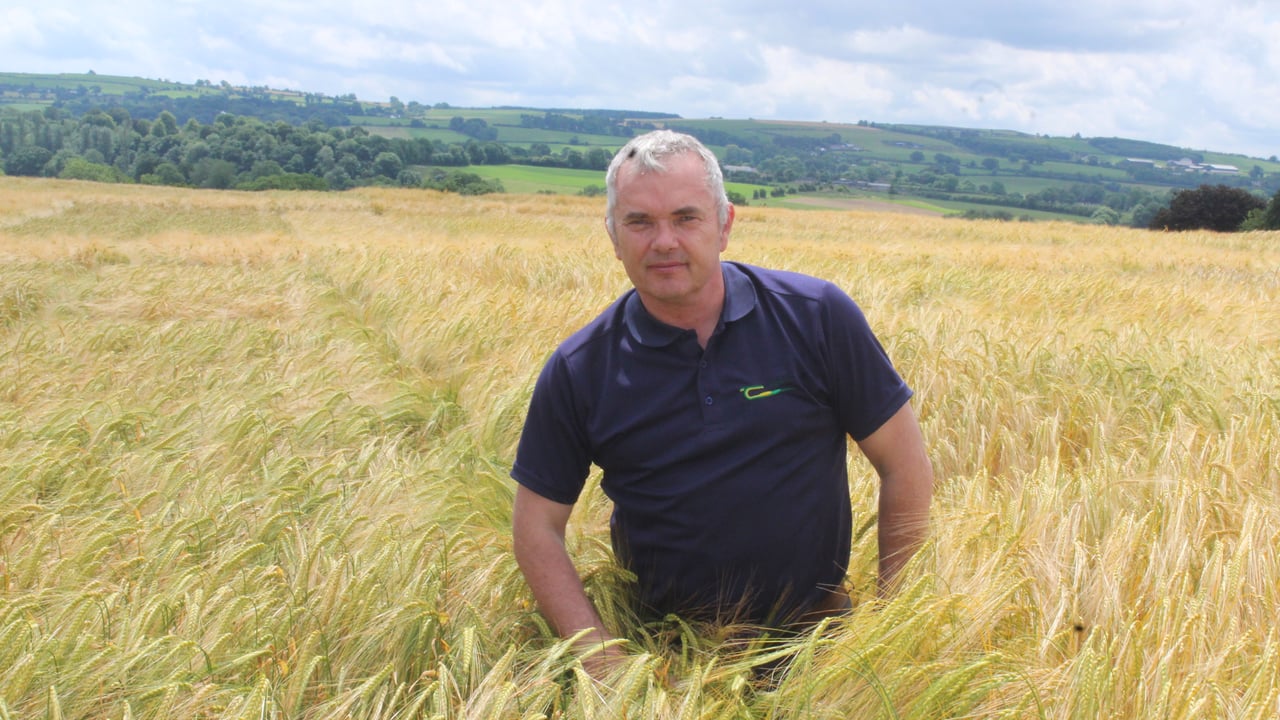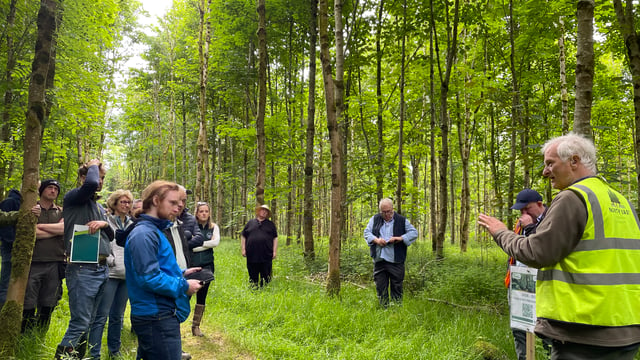Expert urges farmers to check crops for blackgrass
Teagasc tillage specialist, Shay Phelan, has encouraged all tillage farmers to check cereal crops for the presence of blackgrass.
“The threat of herbicide resistant grasslands weeds continues to grow. Not only is blackgrass a problem - weeds giving cause for concern include Italian ryegrass and wild oats," Phelan said.
Phelan attended the 2024 Department of Agriculture, Food and the Marine (DAFM) cereal variety trials open day.
The event, which was organised in association with the Irish Seed Trade Association (ISTA) was held at Ballyderown Farm, near Kilworth in Cork.
The Teagasc representative continued: "Not all blackgrass infestations will be herbicide resistant. However, work carried out at Teagasc Oak Park has indicated that many are.”
Phelan has advised tillage farmers to walk their crops and hand rogue individual blackgrass, Italian ryegrass and wild oat plants.
“If this is not possible, growers should note where these plants are and treat specific these locations post-harvest.
“Spot spraying individual now with the likes of glyphosate now won’t work as it will not prevent the weeds form shedding their seed.”
It is believed that the continued use of the one herbicide chemistry will lead to resistance within grass weed populations.
Farms where Italian ryegrass and blackgrass are present should be treated as resistance-suspect, and samples sent for analysis prior to harvest.
A zero tolerance approach should be taken to avoid weed seed being returned.
On farms where Acetyl CoA Carboxylase (ACCase)-resistant spring wild oats are present there , is only one control option available: Acetolactate synthase (ALS) herbicides: Pacifica or Broadway.
According to Teagasc, this is a crisis situation.
Significantly, no full herbicide-resistant brome strains have as yet been detected on Irish farms.
Both ALS (Pacifica, Broadway) and ACCase (Falcon, Stratos) have been found to be effective when applied at full label rates on small and actively growing plants.
But, the loss of sensitivity with lower application rates of these herbicides is concerning.
Cultural control methods such as stale seedbeds, rotation, later sowing etc., should be practiced where brome is present.
Increased vigilance on the part of tillage farmers in dealing with the threat posed by herbicide-resistant grass weeds will be required.
This approach will include resistance testing and integrated approaches, such as the use of cultural control systems and judicious use of herbicides into the future.
Significantly, Teagasc’s 2023 testing of resistance-suspect grass weeds revealed a worrying situation: 60% of samples submitted were found to be resistant to a wide range of herbicides.





